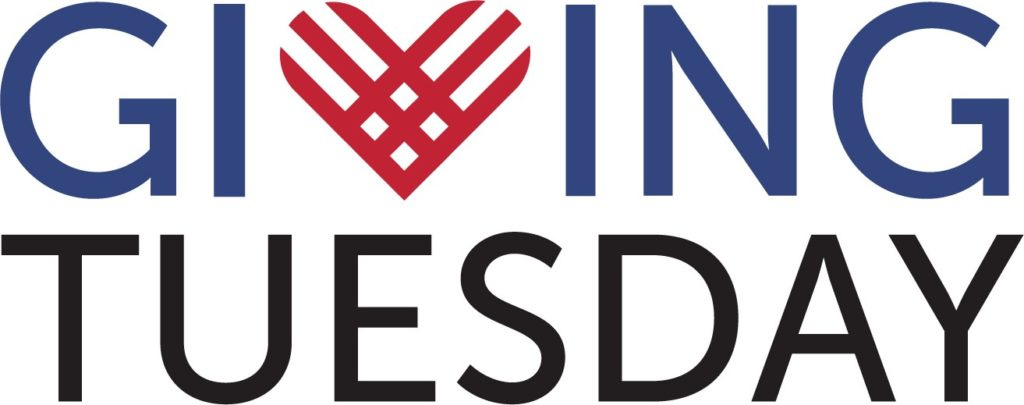Any Giving Tuesday: Supporting our Fundraising Teams Through Digital Analytics
This story was originally published here by Gillian Eigo
November 28, 2019
Since its launch in 2012, Giving Tuesday has fundamentally changed year-end fundraising. Created by the 92nd Street Y and the United Nations Foundation as a way to counteract the commercialization of the post-Thanksgiving period, it raised approximately $10 million in its first year, with about 2,500 organizations participating.¹ In the years since, both of those numbers have grown exponentially, with 2018’s Giving Tuesday raising over $400 million across more than 150 countries.² You can join in by supporting us this Giving Tuesday.
The ACLU’s participation in Giving Tuesday began in 2013, and its impact for our organization has only grown since then. It has quickly become one of our biggest giving days of the year, and because of its focus on online giving and digital connection, it is a space where we can reach and connect with current donors as well as prospective donors who may be a bit different than our traditional audience. In 2018, Giving Tuesday brought in 9% of our online income for the end of year period (beginning Giving Tuesday and going until 12/31) and contributions made on Giving Tuesday help set up the rest of our end-of year fundraising season, which comprises 20% of our yearly income.

From moveable graphics in our emails to expanding the ways donors can pay, Giving Tuesday has been, and continues to be, an opportunity to implement new digital fundraising tools. Last year, we added two new channels to our Giving Tuesday outreach — podcast advertising and texting — and built up strategies we had used in prior years. As a non-profit, we don’t want to waste resources on tactics that don’t work, and ensure that the money we invest in fundraising actually helps meet our goals. Giving Tuesday is also a chance to engage with donors right before our other highest giving days (12/30 and 12/31). Donations help power our civil liberties fights in the courts and in the streets, allowing the organization to invest in restoring the vote to 1.5M returning citizens in Florida, fight dangerous abortion bans, and fight for LGBTQ rights in the workplace.
Giving Tuesday also provides an additional touchpoint for us to understand who is staying engaged and involved in our work. It’s no secret that both our donor base and wider audience have grown and changed significantly since November of 2016. One powerful cohort of our overall audience are those who engaged with us for the first time by taking action with us in the family separation crisis. Last year, we found that this group made gifts as part of Giving Tuesday at 3 times the rate than other digitally acquired audiences. This was encouraging because Giving Tuesday took place about six months after the peak of media coverage on the family separation crisis. This passionate cohort gives us clues on how to keep engagement strong among all our supporters.
As an Analytics team, we look forward to the opportunities this Giving Tuesday will bring to better understand our donors and how they connect with our work, and we’re grateful that they choose to support the ACLU — and the many forms that our work takes.
[1] Paynter, Ben. “How Giving Tuesday Became a Worldwide Phenomenon.” Fast Company, Fast Company, 26 Nov. 2018, www.fastcompany.com/90271843/how-giving-tuesday-became-a-worldwide-phenomenon.
[2] https://www.givingtuesday.org/about
The post Any Giving Tuesday: Supporting our Fundraising Teams Through Digital Analytics appeared first on GoodCrowd.info.


